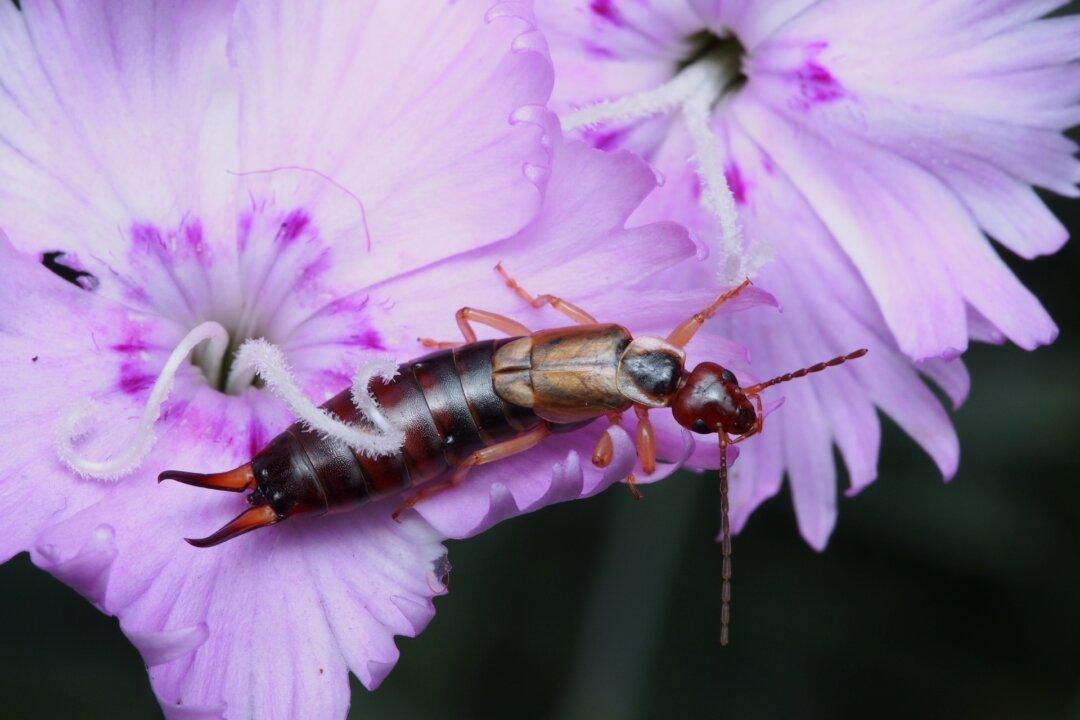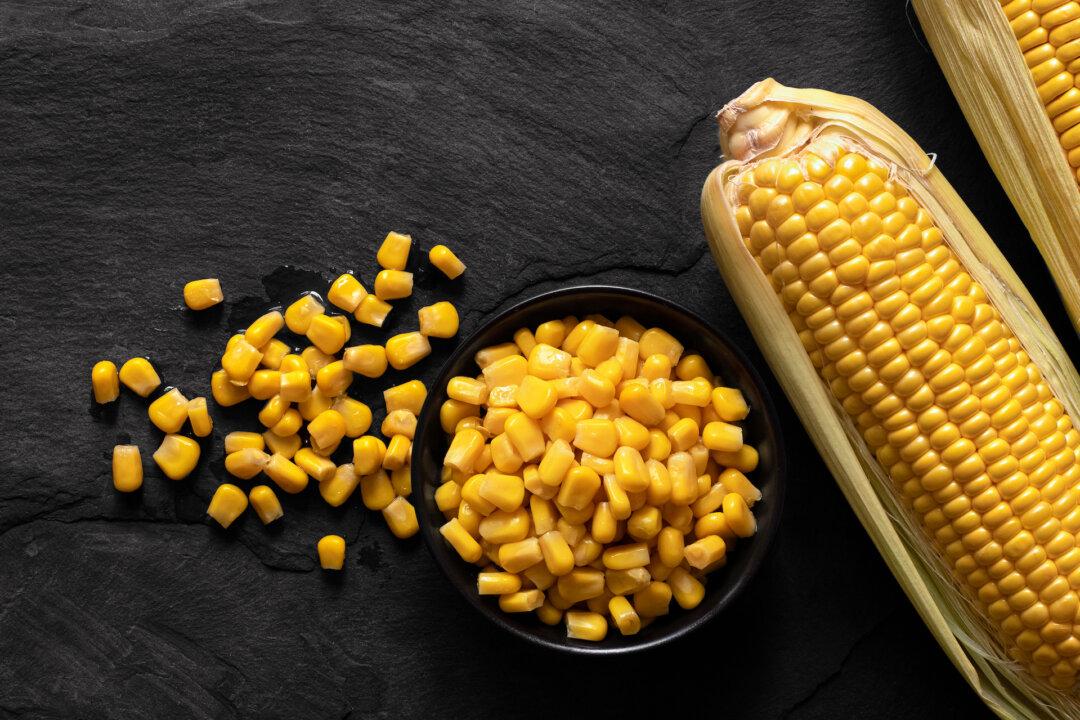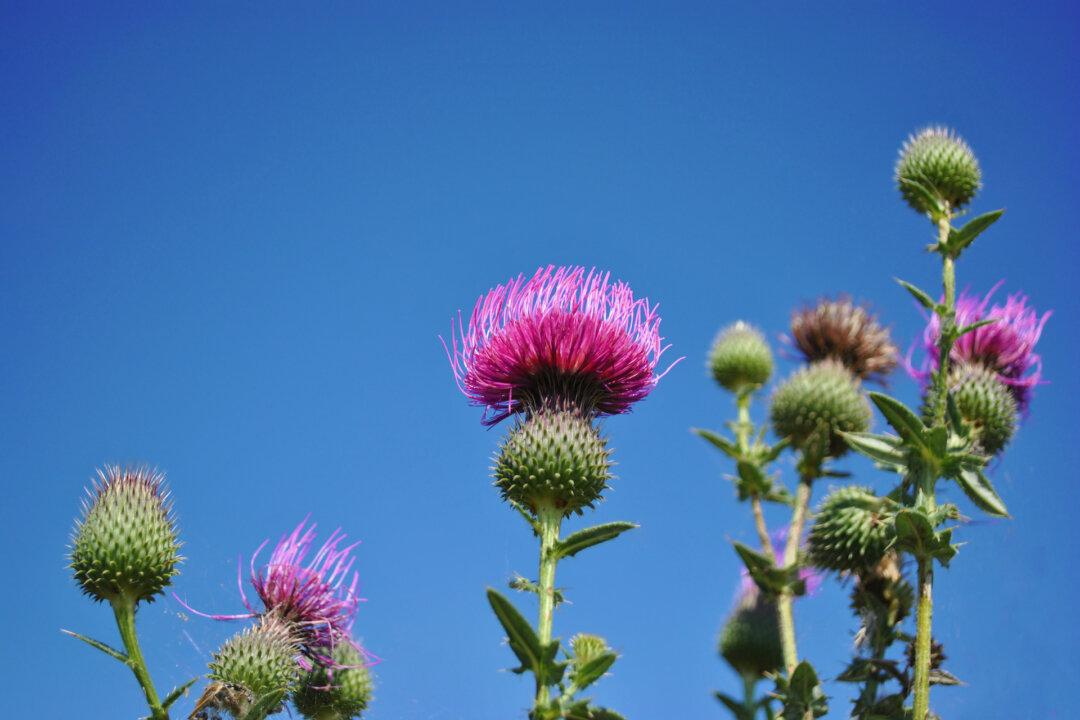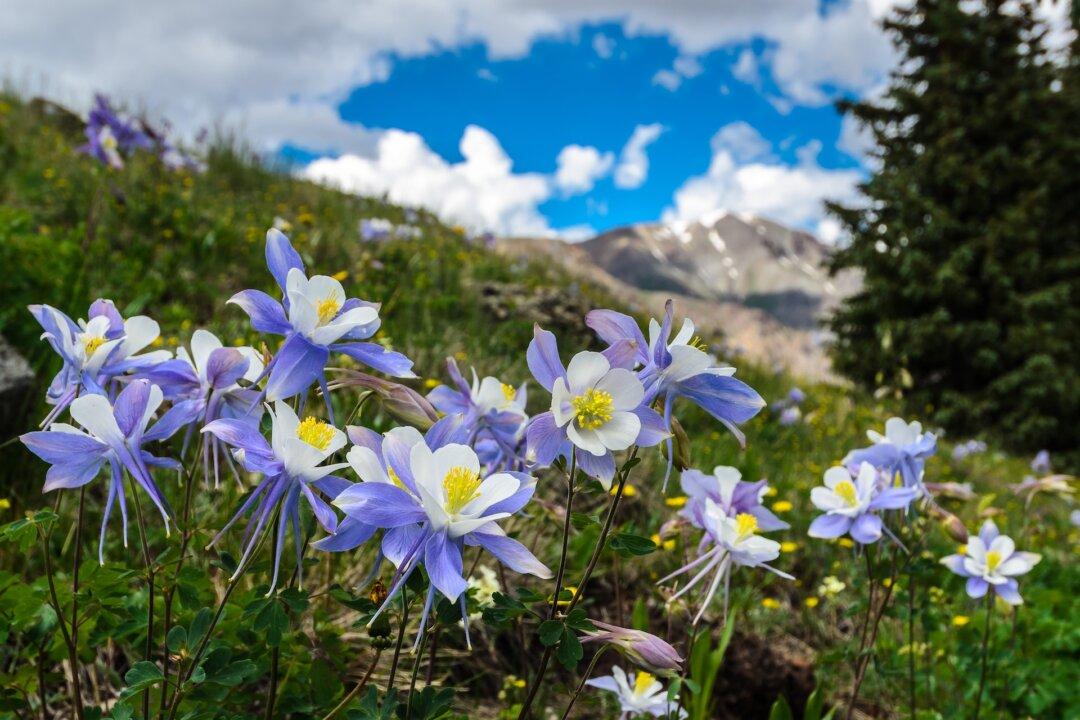Q: Our crab apple tree is suddenly losing all of its leaves. Some are yellow, some are green and some have large brown spots on them. The lawn next to the tree is irrigated, so we think the tree is getting enough water. What else can we do?
A: It sounds like the tree has a fungal disease called apple scab. It is a common disease on older apples and crab apples. Most newer varieties have some resistance to the disease. Resistance doesn’t mean they won’t get the disease; it just means that they will have less of the disease in many years when the conditions are right for the disease to develop. In some years, the conditions are so good that the disease is a problem for all but the most resistant trees.
The apple scab fungus spreads in wet spring weather. If the weather stays rainy and humid during the time that the tree leaves or fruit are developing, they can become infected. The longer the weather conditions are wet, the more leaves are growing and becoming infected. In years that have alternating wet and dry weather, many leaves will develop without becoming infected.
Even though the fungal spores can travel for miles, it is a good idea to rake up the leaves falling off the tree. The spores being released by the scabs on the leaves only have to travel up to the tree they are under to infect the tree.
A tree that loses a lot of leaves can become weak. Weak trees have smaller leaves and fewer of them the following spring. After several wet springs in a row, the tree can die. Fortunately for your tree, there is still plenty of summer left. I think you will see new leaves growing on the branches very soon. I think the tree will recover quickly.
I know many people do not like to spray their plants, but this is a simple disease to treat. Older, more susceptible varieties should be sprayed with a fungicide every other week during wet springs from the time the leaves start coming out until warm, dry summer weather takes over. Check with your local nursery or extension office for the current fungicides available in your area. Follow label directions and you will not harm anything in your yard and will be rewarded by a healthy tree.
Q: I was disappointed in your article about pulling thistle out. When I owned a home, I had a front section where I allowed thistle to grow. In August, the American goldfinch visited the thistle for seed and to take the fluffy tufts for their nests. It’s a great experience to see the beautiful birds every August.
A: I agree with you that seeing the goldfinches is a great experience. They are the state bird of Iowa, New Jersey and Washington. There are three species of goldfinches in North America.
American goldfinches may be the strictest vegetarians of all our birds. Most birds that eat seeds will also eat any insects they find, and they almost always feed their nestlings insects, but not American goldfinches. They even feed their babies seeds. As you said, they eat the thistle seeds and use the fluffy tuft on the seed to line their nest. They also use the fluffy parts of milkweeds and other plants. Because of waiting for thistle seeds to mature, they are one of the latest nesting birds in North America.
Even though many people love goldfinches, we can’t all tolerate thistles growing in our flower beds. When we can allow them to grow, they can help the goldfinches.








